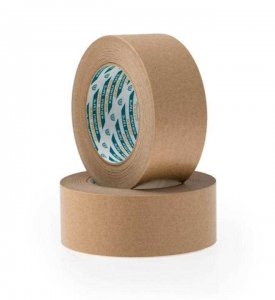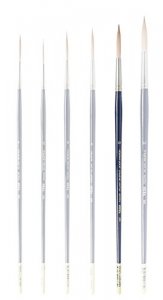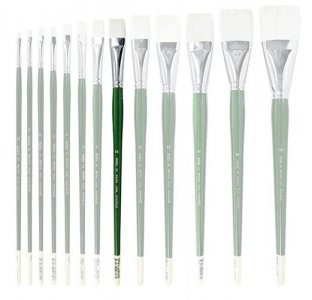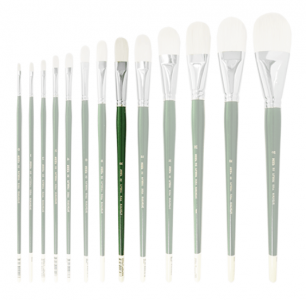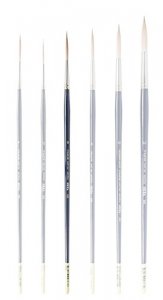Description
"Yellow Green colours during the old master period had an inexplicable name. The would be called names like pink bice or green pink. Pink was referring to the yellow colour made from buckthorn berries that was called either still de grain or pink yellow. It is not known why this would be. The colour name pink is derived from a European wildflower called pink. Its flowers were either a light true pink colour or white and is consistent with our modern understanding of the colour name. Why yellow would be called pink seems very odd although it is possible that since buckthorn could also be used to make a red colour that the name might have been used for that colour and then applied to the yellow by extension as it came from the same source.
In addition to yellow, buckthorn could be used to make a green colour which was called Sap Green. To get a yellow green colour that was midway between the Sap Green and the yellow, the yellow was mixed with blue bice hence the term pink bice used in the 18th century for the resulting colour. Even the name bice is a little confusing as it was a generic name which was applied to any darkish blue although it does seem that for purposes like this it usually was referring to azurite. This proved popular and a darker version was developed in which the yellow was mixed with indigo. which made a sort of Hookers Green colour. All of these colours made from buckthorn whatever their name were very fugitive. They have not been tested by ASTM but it is estimated that they were about an ASTM IV. While the original pigment has long gone, and the strange names in which yellow is called pink have also gone, the necessity for this kind of colour is as important as it ever was. Yellow greens have 2 important jobs. For a start they can be used for lightening other greens. Green is like red, when white is used to lighten the colour it changes the character of the colour dramatically. By using a lighter green instead of white to do the lightening the green retains its richness of colour and keeps its character. The other job Australian Yellow Green has to do is in making greens through mixtures.
Australian Ghost Gum with Australian Yellow Green brings out the yellow undertone of the colour. The result is a yellower green than would be gotten by using Yellow Oxide as the mixer. A cooler light green is made by mixing with Australian Sky Blue. A very rich dark green is made by mixing with Southern Ocean Blue, a very useful olive colour by mixing with Cobalt Blue, and a very beautiful light permanent green is made with Cobalt Teal. Australian Yellow Green is a worthy successor to the older colour.
"

